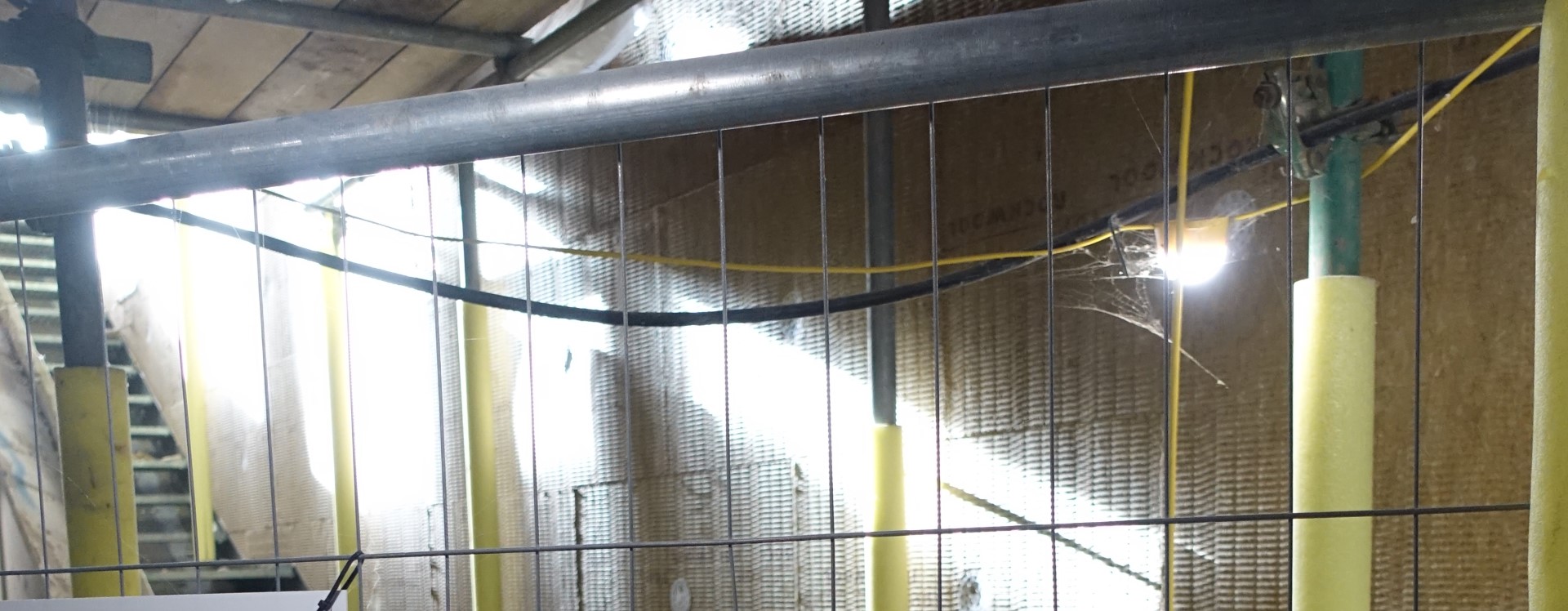Assessing visible fire compartmentation measures and whether or not they are suitable and sufficient is a critical part of any building survey, and can save lives.
Ever since the catastrophic event at Grenfell Tower, fire compartmentation has been on the minds of buyers in high rise buildings. But what about smaller residential properties? Our surveyors assess visible evidence of fire compartmentation and fire safety measures at every property they vist. Here, one of our chartered building surveyors, Pete, discusses some issues he has picked up on recent inspections.
What is fire compartmentation?
Fire compartmentation is when a property is divided up into areas to manage the risk posed by fire. These areas can be separated by fire resistent materials, fire doors and other fire-stopping measures. It is an important safety precaution, carried out to limit the spread of fire and smoke within a building and to nearby buildings.
Why is it important?
The fire in 2017 at Grenfell Tower was so catastrophic because the compartmentation measures were breached and the fire reached the external cladding. This tragedy highlights the crucial importance of effective fire prevention measures in residential buildings – something our surveyors are very aware of.
Findings from recent building surveys
Here, our Derby building surveyor, Pete Mallinson MRICS, highlights some issues he found with fire compartmentation on recent RICS Level 3 building surveys.
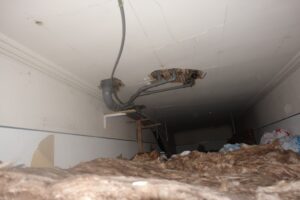
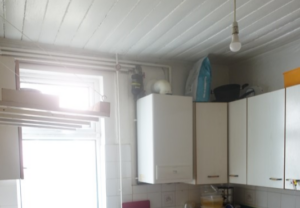
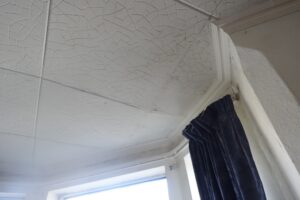
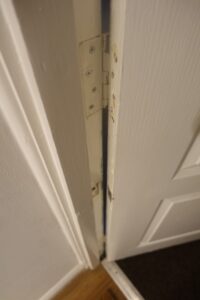
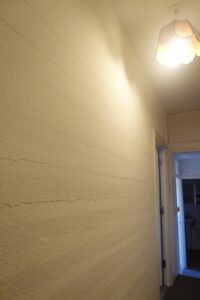
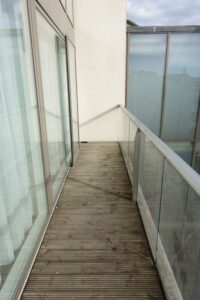
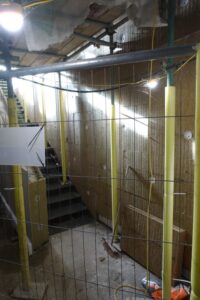
Our surveyors assess all visible aspects of a property, including fire compartmentation, fire detection, escape routes and potential fire hazards. Find out more about what’s included in our building surveys, check out our example reports, or contact us for more information.

